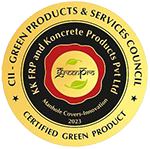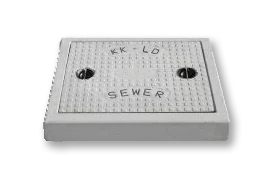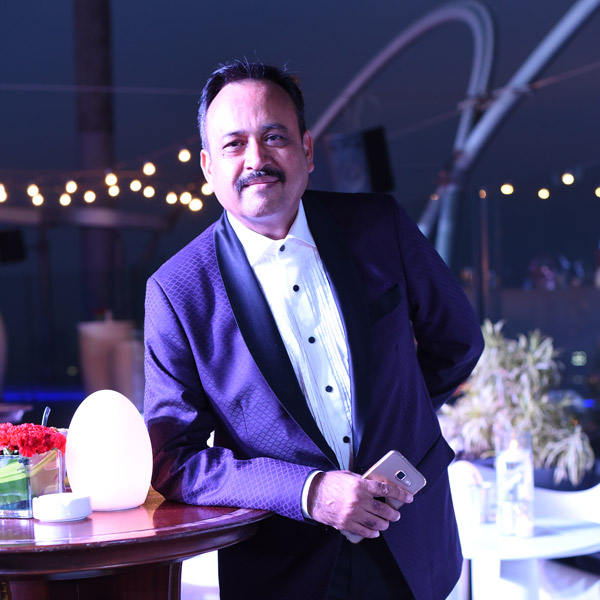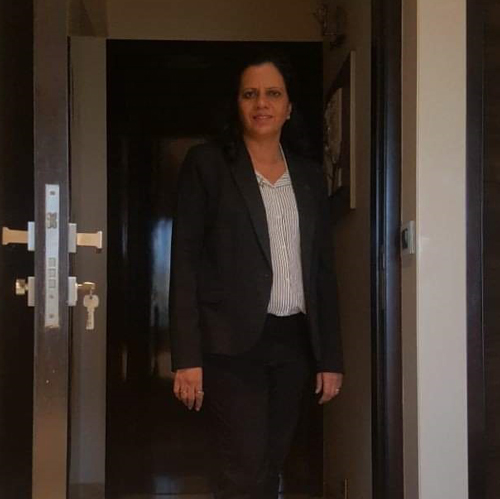Fiber-Reinforced Polymer (FRP) chamber covers are increasingly being preferred over traditional materials like concrete, metal, and wood for various applications. This preference arises from several distinctive advantages that FRP offers. Here’s a comparative analysis between FRP chamber covers and those made from traditional materials:
1. Weight
FRP: Extremely lightweight, which makes them easier to transport and install. The reduced weight also lowers the risk of injuries during handling.
Traditional Materials: Concrete and metal covers are significantly heavier. This not only makes installation more labor-intensive but also increases transportation costs.
2. Durability
FRP: Highly durable with excellent resistance to corrosion, which is particularly beneficial in corrosive environments like those exposed to seawater or industrial chemicals.
Traditional Materials: Metal covers can corrode over time, requiring frequent replacements or maintenance. Concrete is susceptible to cracking and degradation under environmental stress.
3. Maintenance
FRP: Requires minimal maintenance due to its resistance to rust, decay, and pests. FRP does not need painting or regular surface treatments.
Traditional Materials: Require regular maintenance to prevent corrosion, rot, and other forms of decay. Metal often needs to be painted or treated to prevent rust, while wood may require sealants and regular inspections.
4. Performance in Extreme Conditions
FRP: Performs well under extreme temperatures and environmental conditions without deforming or losing integrity.
Traditional Materials: Concrete and metal can expand or contract significantly with temperature changes, which can lead to structural weaknesses or failure.
5. Longevity
FRP: Typically has a longer lifespan due to its inert properties and resistance to environmental factors.
Traditional Materials: The lifespan can be shorter due to susceptibility to environmental damage and the need for frequent maintenance.
6. Cost-Effectiveness
FRP: Initially more expensive than some traditional materials but often more cost-effective over the long term due to reduced maintenance and replacement costs.
Traditional Materials: Generally less expensive initially but may incur higher long-term costs due to maintenance and potential replacement.
7. Environmental Impact
FRP: Often favored for environmental sustainability as they can be made from recycled materials and are themselves recyclable.
Traditional Materials: The production and degradation of materials like concrete and metal can have significant environmental impacts, including higher carbon footprints.
Conclusion
FRP chamber covers offer a robust alternative to traditional materials with benefits that include lower weight, enhanced durability, reduced maintenance, and better performance in harsh conditions. While the initial cost may be higher, the long-term benefits and reduced environmental impact make FRP an increasingly popular choice in various industries.






